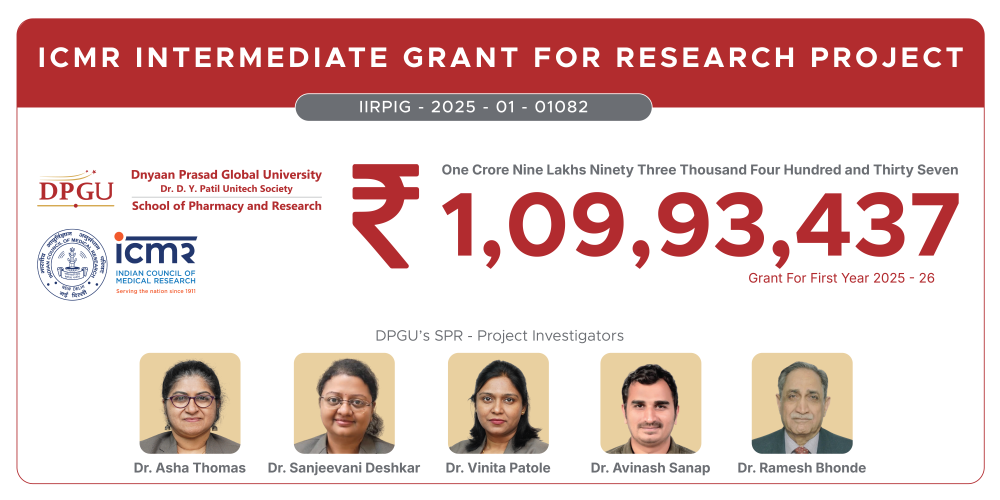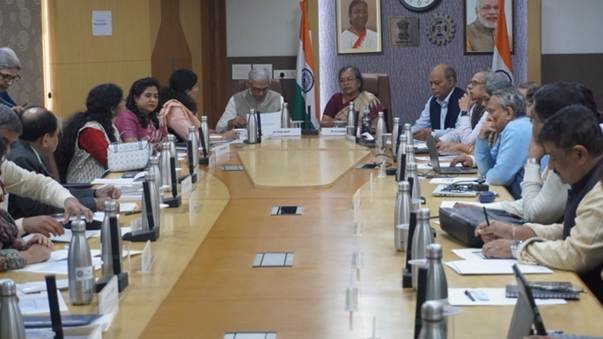ARC holds two child policy against national interest
August 22, 2018 | Wednesday | News
On 13 August 2018, a petition was presented to the President of India to impose stringent Two Child Policy, reportedly signed by 125 Members of Parliament, calling upon the government to take measures to control India’s high population growth rate through the proposed two-child norm.
Advocating Reproductive Choices (ARC) coalition are concerned with this well-intentioned but ill- informed initiative that is detrimental to the national interests and development priorities.
The corelation between India’s demographics and population growth
India has been experiencing a slowing down in population growth, a decline in fertility rate, an increasing average lifespan and an increase in the working age population. National Family Health Survey 4, 2015-16 (NFHS4) data indicates 24 states in India have already achieved replacement level fertility. In the last decade, India’s total fertility rate (TFR) has gone down from 2.7 to 2.2, which is very close to the desired replacement level fertility at 2.1. However, five states in northern India: Bihar, Jharkhand, Madhya Pradesh, Rajasthan and Uttar Pradesh contribute to 40% of the population and there are huge disparities in total fertility rates at the district level, even within these states. Certain drivers of population growth deserve attention:
- The population momentum due to large young population being in childbearing years, will account for more than 70% of projected population increase. The absolute numbers will continue to increase substantially even if each couple had only one child. The only way to slow down the momentum is to delay age at marriage, delay the first pregnancy and ensure spacing between births.
- The unmet need for contraception is 13%, which contributes 20% of projected population growth. This means that over 30 million married women of reproductive age are not able to access contraception (NFHS-4).
- Nearly 10% of the projected population growth can be attributed to social factors including families having more children than they actually want, to compensate for high infant mortalities, son preference due to patriarchal social norms etc.
Experiences from within India indicate that coercive policies have never worked
There is no evidence on the effectiveness of two-child norm. Similar policies in states like Uttar Pradesh and Bihar have failed to bring down the fertility rates to the desired level. On the other hand, there has been a steep rise in sex-selective and unsafe abortions; men have deserted their wives to run for local body elections, and families give up children for adoption. (Buch 2005.)
It is important to note here that States such as Kerala, Andhra Pradesh and Tamil Nadu have experienced significant reduction in fertility rates without any coercive methods. This has been achieved by empowering women and by providing better education and health care facilities.
Global lessons that can inspire us. Let us not fall for the same mistake again
Thanks to the one child policy in China m the country now finds itself in the midst of a population crisis, leading to an imbalanced age structure and sex ratio. In 2015, China had to roll back this policy.
South Korea switched to a pro-natalist policy to increase the TFR from 1.08 to 1.6 by 2020, post experiencing the consequences of an aging population, rising social security and healthcare costs, and a shrinking labour force (Mahmoudi 2017).
Sri Lanka could reduce its fertility rate by integrating family planning with maternal and child health programs for three decades and Bangladesh by lowering infant, child and maternal mortality through immunization, prenatal and post-natal care in villages (Abeykoon 2011), (Risvi 2018).
Two Child Norm persecutes the marginalised especially women, violates her reproductive rights
Imposing a two-child policy will further deprive the poorest, weakest and the most marginalised, especially women. There are evidences of men deserting their families to contest local body elections and children being given-up for adoption. Children are denied of rights and entitlements for no fault of their own. The number of women representatives in local bodies also reduced.
Restricting policies lead to a stark increase in sex-selective abortions and female foeticide, given the changing social norms in terms of son meta-preference (desire for a male child). Economic Survey 2017-18 mentions a staggering 21 million ‘unwanted girls’ in India.
Failure to address social norms that determine family planning decisions will be a violation of women’s reproductive rights, and cause a further imbalance in the sex ratio. The outcome of the two-child policy in states such as Haryana and Punjab have witnessed highly skewed sex ratios with lesser number of women to men. Consequences include women forced into sex trade, enslavement; physical abuse and eventual abandonment.
Two Child Norm violates fundamental human rights and our constitutional provisions
India is a signatory to the Program of Actions, International Conference on Population and Development (ICPD, 1994). The Program of Action states that the “aim of family-planning programmes must be to enable couples and individuals to decide freely and responsibly the number and spacing of their children and to have the information and means to do so and to ensure informed choices and make available a full range of safe and effective methods. The principle of informed free choice is essential to the long-term success of family planning programmes. Any form of coercion has no part to play.”
India’s own National Population Policy (NPP) has a stated objective to “address the unmet needs for contraception, health care infrastructure, and health personnel, and to provide integrated service delivery for basic reproductive and child health care”. NPP includes a commitment towards “voluntary and informed choice and consent of citizens while availing reproductive health care services, and continuation of the target-free approach in administering family planning services”.
Any coercive norm or measure to curb informed choice and decisions of citizens violate tenets of fundamental human rights.
Population Growth is a socio-economic problem; warrants a socio-economic solution
The population growth that India has is solely because of lack of education, lack of access to health facilities and high-unmet need for family planning services. Majority of our population is in reproductive age and 30 million married women of reproductive age are not able to access contraception.
Women across rural and urban areas would like to have to have only one or maximum two children (NFHS-4, total desired fertility rate is 1.8). When they are already well informed, why not give them an enabling and empowering environment to help realise their choices rather than imposing a policy? Reduction in maternal mortality and infant mortality by ensuring access to affordable and quality health care will automatically reduce population growth.
- Advocating Reproductive Choices (ARC)










